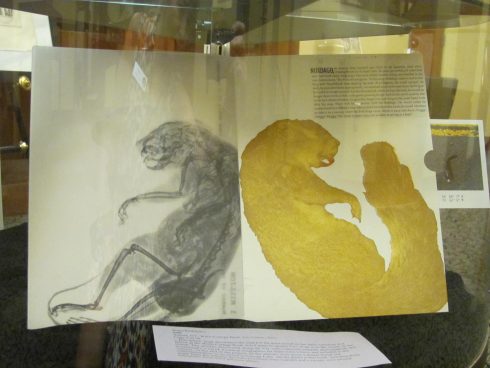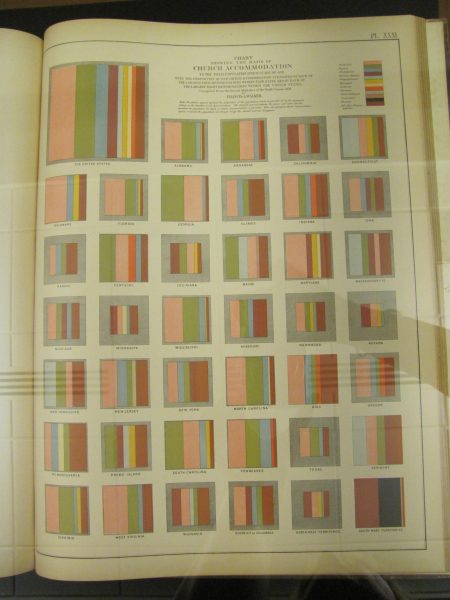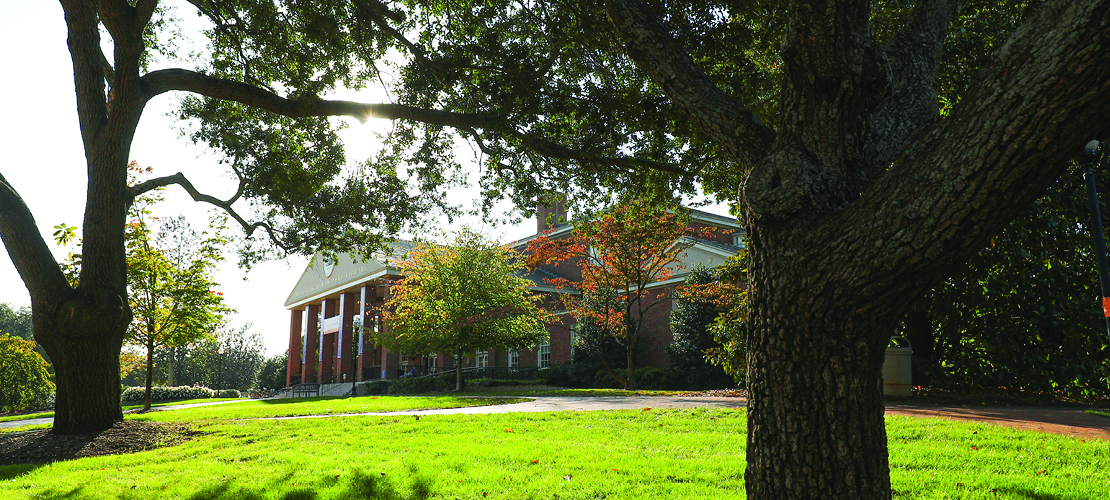
Illustrations have been important components of books from the start. Woodcut images appeared in the first printed books, and even preceded them in early blockbooks and prints made in Germany in the early- to mid-fifteenth century. Because books were printed using relief processes from the fifteenth through late twentieth centuries, many different types of relief illustrations were the media of choice, allowing woodcuts, wood engravings, and steel engravings to all be printed together with raised metal type in the same press run.
More elaborate forms of illustration such as copperplate engraving or mezzotint are intaglio processes, the exact opposite process from relief printing. They needed special presses and paper to be created, often by separate shops or artisans, and were later added into printed books. As such, engravings in printed books were often reserved for title pages, maps, separate plates, and more elaborate productions. As power presses increased the volume of printed output in the mid-nineteenth century, printers turned back to relief processes in order to produce illustrated magazines, journals, and newspapers in ways that could withstand many hundreds or thousands of impressions.
This exhibition highlights a number of new acquisitions as well as a number of interesting items from the University’s rare book collections. It takes the position that the history of graphic design and artistic printmaking processes is intimately connected to worlds of printing and book publishing. Each has reinforced and influenced the other in mutually-supporting and interesting ways. It helps trace the use of illustrations printed in 1498, to several recently-acquired contemporary artist’s books. Notable items include several prints from a new collection of 18th century French engravings on classical topics, Rembrandt and Goya prints, images from the Diderot/d’Alembert Encyclopédie, and several sixteenth- and seventeenth-century printer’s marks. Together, these items graphically show how printmaking processes and advances contributed to the printing and publishing industries and the history of graphic communications in the West over several centuries.

Jenna Rodriguez, Still. Aurora, NY: Wells College Book Arts Center, 2015. Copy 5 of 30. – This artists’ book documents the road kill the artist found on her daily commute as a fellow at the Wells College Book Arts Center in upstate New York over the course of one month. The animals discovered along the way were collected, mapped, photographed, and occasionally x-rayed. Fictional biographies for them were written and included in this volume. At the end of the project, all the animals were given a proper burial and commemoration on an island in Cayuga Lake. All the prints in this book, including those made from the animals themselves (which were scanned and x-rayed), were printed letterpress from relief polymer plates.
The picture above is of NUKDAGO. Nukdago, an Eastern Grey Squirrel and Chief of All Squirrels, died while crossing Route 90 on April 26th. He was a powerful and wise Chief who lived many long years. His most widely known ruling was detailed in the non-fiction story, “The Nuts of Jonisgyont.” In this story, Nukdago came to realize that Frog and Woodchuck were stealing the nuts of Jonisgyont, the small squirrel. As such, he punished them appropriately. He removed most of the teeth from the Frog so he could no longer eat nuts. For the Woodchuck, while he kept his teeth, he would no longer desire birds or fish; only green-growing things. And for the small squirrel, due to his lack of attentiveness, he gave him larger eyes and wings so he could better look after his nuts. There will be no service held for Nukdago. He would rather be remembered in a different way; when a child loses their first tooth, he would like them to take it to a swamp where the bull frogs croak, throw it away and shout, ‘Froggy! Froggy! Froggy! My tooth is there! Give me another as strong as a bear!’

Statistical Atlas of the United States Based on the Results of the Ninth Census 1870… New York: Julius Bien, 1874. – The lithographed maps and tables in this atlas reflect the counting of all citizens, black and white, following the 1870 census, and break their demographic information into a series of maps and tables that take advantage of the process of chromolithography in the presentation of data. This chart treats each state or territory proportionally in size as well as by religious distribution, creating a complex and artful system of information display. Interestingly, in 1874 only 6 states reported a majority of Baptist affiliation: Arkansas, Georgia, Kentucky, Maine, Rhode Island, and South Carolina.


